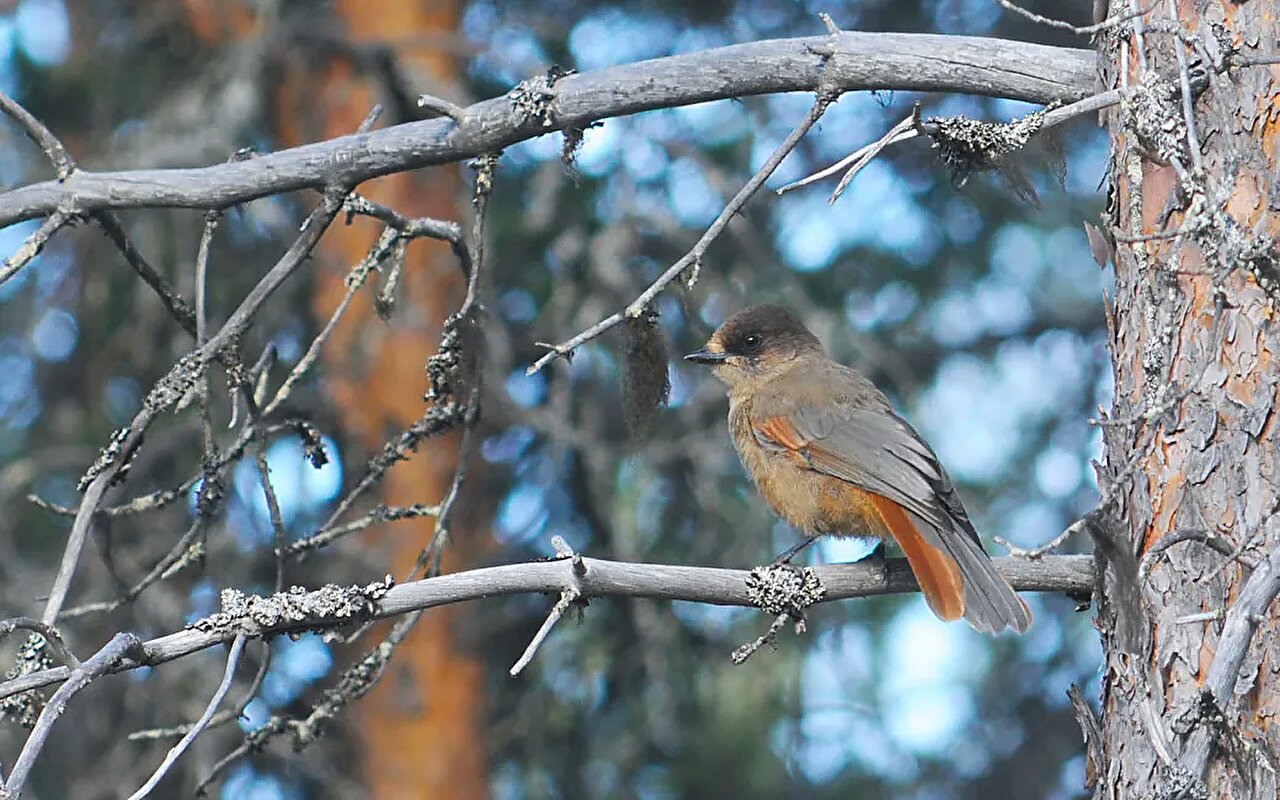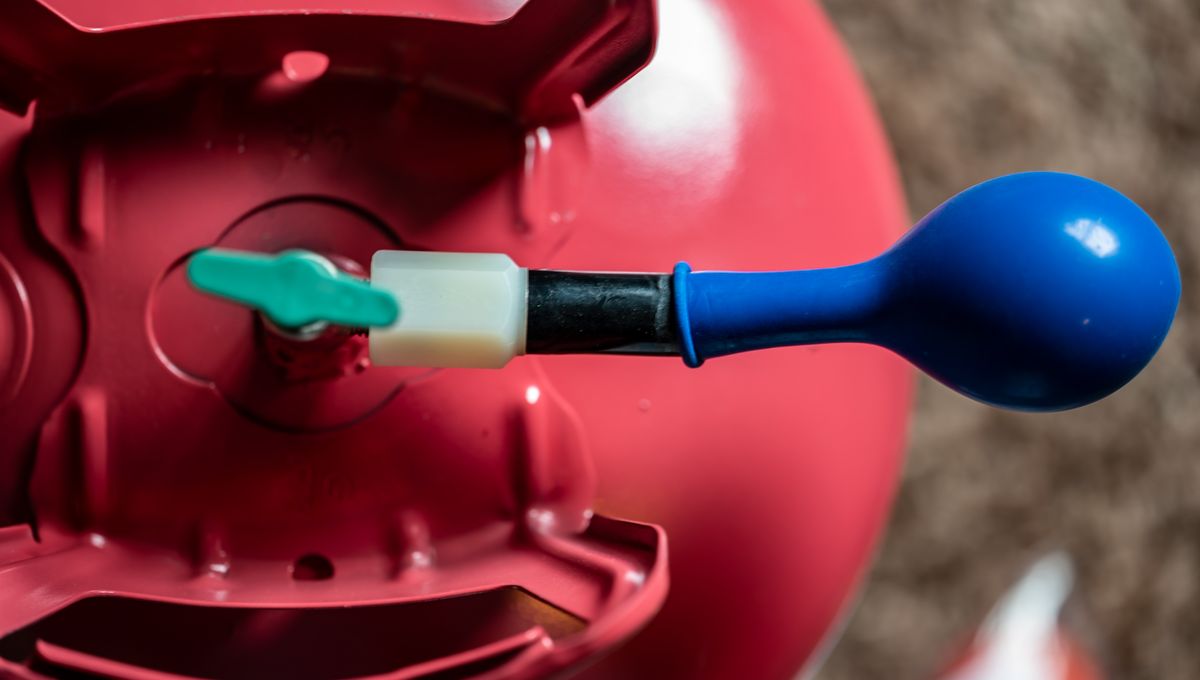Biodiversity is disappearing at an alarming rate all around the world. We’re doing our best to protect areas in the hopes of preserving what’s left. While protected areas have certainly helped slow down the loss of biodiversity, it’s unclear how effective they are for multiple species at the same time. To investigate this, researchers at the University of Helsinki studied changes in the presence of hundreds of species both inside and outside of protected areas.
The results were mixed, showing that protected areas don’t fully meet our expectations. Instead of reversing the decline in biodiversity, current protected areas can only slow down the rate at which species are disappearing. Essentially, they give us more time to address the root causes of biodiversity loss. This study was published in Nature Communications.
“Our findings reveal that only a small percentage of species truly benefit from protection, and this varies among different groups. Birds, for example, show the most positive response to protection, with one out of every five species benefiting. Plants, especially those that thrive in warm environments, also benefit more. Protected areas mainly help by slowing down the decline of species,” explains associate professor Marjo Saastamoinen, the senior author of the study. “However, it’s important to note that larger protected areas and longer periods of protection enhance these positive effects. This provides evidence that protection truly makes a difference for many more species.”
Protecting an area doesn’t guarantee a halt in species decline. To truly assess the effectiveness of protected areas, we need to compare how species are faring within these reserves to how they’re doing in similar unprotected areas. Surprisingly, this approach is rarely used. But researchers from the Research Center for Ecological Change at the University of Helsinki took on this task, studying hundreds of species over four decades. The results were mixed, with many species showing similar trends in both protected and unprotected sites. It’s clear that protecting an area can slow down the decline of species, but it rarely stops or reverses the negative trends.
The researchers were able to utilize long-term data from Finland’s extensive records of natural creatures. Finns have a unique dedication to counting and documenting various species year after year. This allowed the researchers to compare the occurrences of birds, mammals, plants, and lake phytoplankton in protected and unprotected sites over a span of four decades. Among the 638 species studied, they found that 1 in 5 bird species, 1 in 8 mammal species, and 1 in 20 plant or phytoplankton species benefit from protection.
“Our findings shouldn’t discourage us from establishing protected areas,” says Andrea Santangeli, the lead author of the study. “On the contrary, they show that protected areas give us some time to combat the rapid loss of species. By protecting an area, we can slow down the local decline of many species. However, we can’t expect miracles by simply setting aside small patches of land here and there. We need to take more comprehensive action to stop species loss.”








